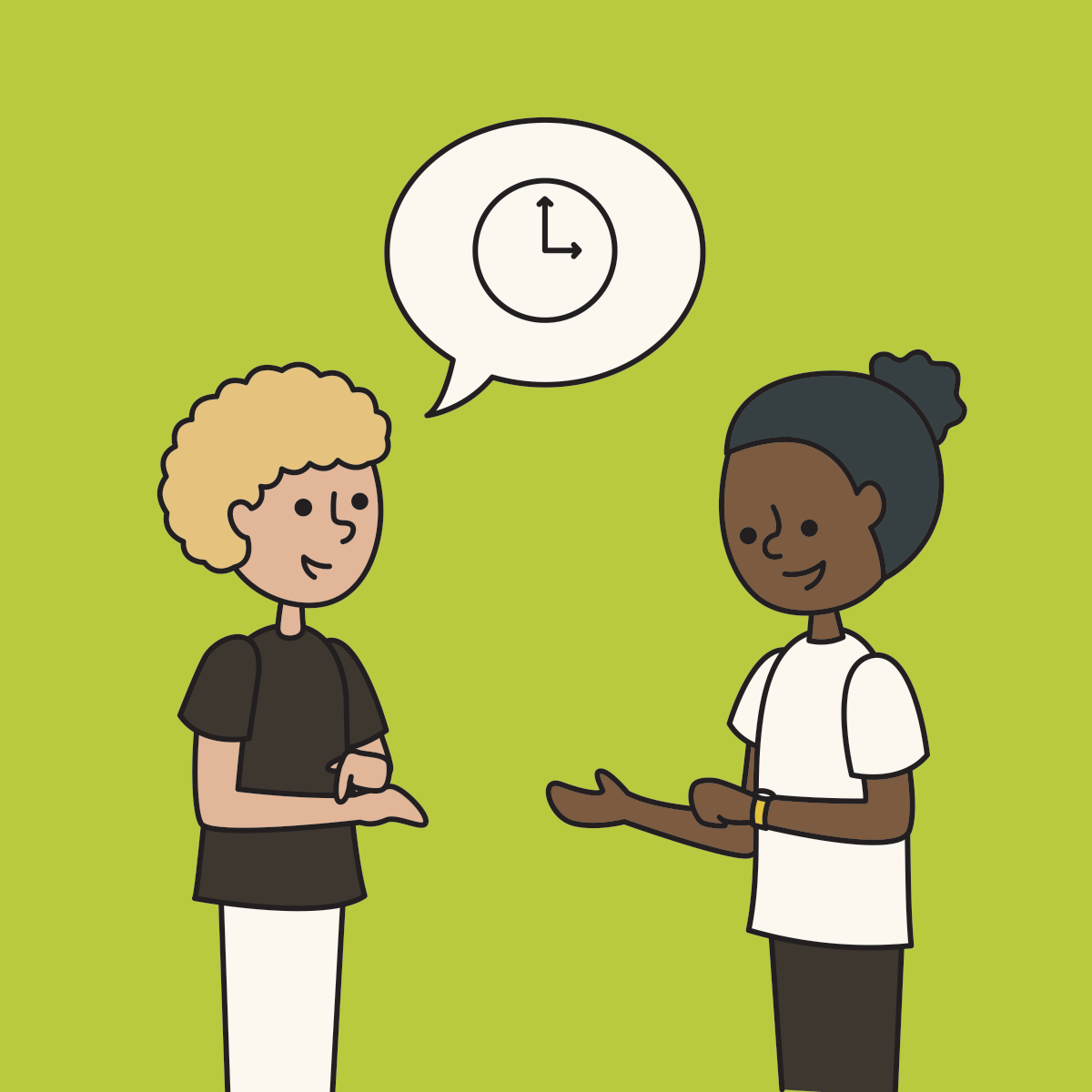Phân biệt would rather, prefer, like, reference
I – Từ vựng
Preference (n): có 3 âm tiết (/ˈpref·ər·əns/) nhưng người bản ngữ thường chỉ nói 2 âm tiết (/ˈpref·rəns/)
Ex: We have coffee or tea. Do you have a preference?
– We can go dancing or sing karaoke. What’s your preference?
Would Rather (/wʊd/ /ˈræð·ər/)
Ex: Would you rather go shopping or see a film?
– I would rather see a film.
– I would rather not go shopping.
Prefer (v): có 2 âm tiết, nhấn ở âm thứ 2 (/prɪˈfɜr/)
Ex: I prefer coffee.
– I prefer coffee over tea.
– I prefer singing to dancing.
Like (v): có 1 âm tiết (/lɑɪk/)
Ex: I like coffee.
– I like coffee more than tea.
– I like singing more than dancing.
No Preference (informal)
Ex: I don’t really care.
– I’m not picky.
– It doesn’t matter to me.
No preference (formal) Either one is fine. / I don’t have a preference.
Ex: Do you want coffee or tea?
– Either one is fine, thank you.
– I don’t have a preference.
II – Ngữ pháp
Like:
Subject + like + noun (+ more than + noun)
Ex: I like pork more than chicken.
Subject + like + (-ing) + better than + (-ing)
Ex: He likes swimming better than playing football.
Prefer:
Subject + prefer + noun (+over + noun)
Ex: She prefers beer over wine.
Subject + prefer + -ing (+to + -ing)
Ex: We prefer flying to driving.
Would Rather: (Được sử dụng để chỉ sự ưu tiên cho tương lai hoặc một sự kiện có thể xảy ra trong tương lai)
Would + rather (+ verb)
Ex: Would you rather go to Dalat or Hanoi?
– I would rather go to Hanoi.
– I don’t have a preference.
Ex: Would you rather have chocolate or vanilla ice cream?
– I would rather have chocolate ice cream.
– Either is fine.
Than (/ðæn/) VS. Then (/ðen/)
Sử dụng “than” để so sánh
Ex: I like watching movies better than reading books.
– I like sushi more than ramen.
Sử dụng “then” để nói “tiếp theo” hoặc “trong trường hợp đó”
Ex: Let’s go to the market, then we’ll go home. (next)
– You don’t like cleaning? Then you can cook and I’ll clean. (in that case)



Trả lời